1,570 days, 2,407 entries ...
Newsticker, link list, time machine: HOLO.mg/stream logs emerging trajectories in art, science, technology, and culture––every day
“There is a death drive in all of this. It is a drive to lethality. It is a drive towards self-destruction but also the destruction of all others. That is what underlies these systems.”
Jakob Kudsk Steensen’s installation, The Ephemeral Lake (2024), premieres at Hamburger Kunsthalle, reinterpreting the landscapes of 18th century Romantic painter Caspar David Friedrich as immersive, computer-simulated ecologies. The piece explores themes of water, deep time, and crystallization, Steensen says, and “goes beyond contrasting the human figure in the environment.” Instead, it invites a worldview “where our bodies and minds merge with environmental energies and other species.”
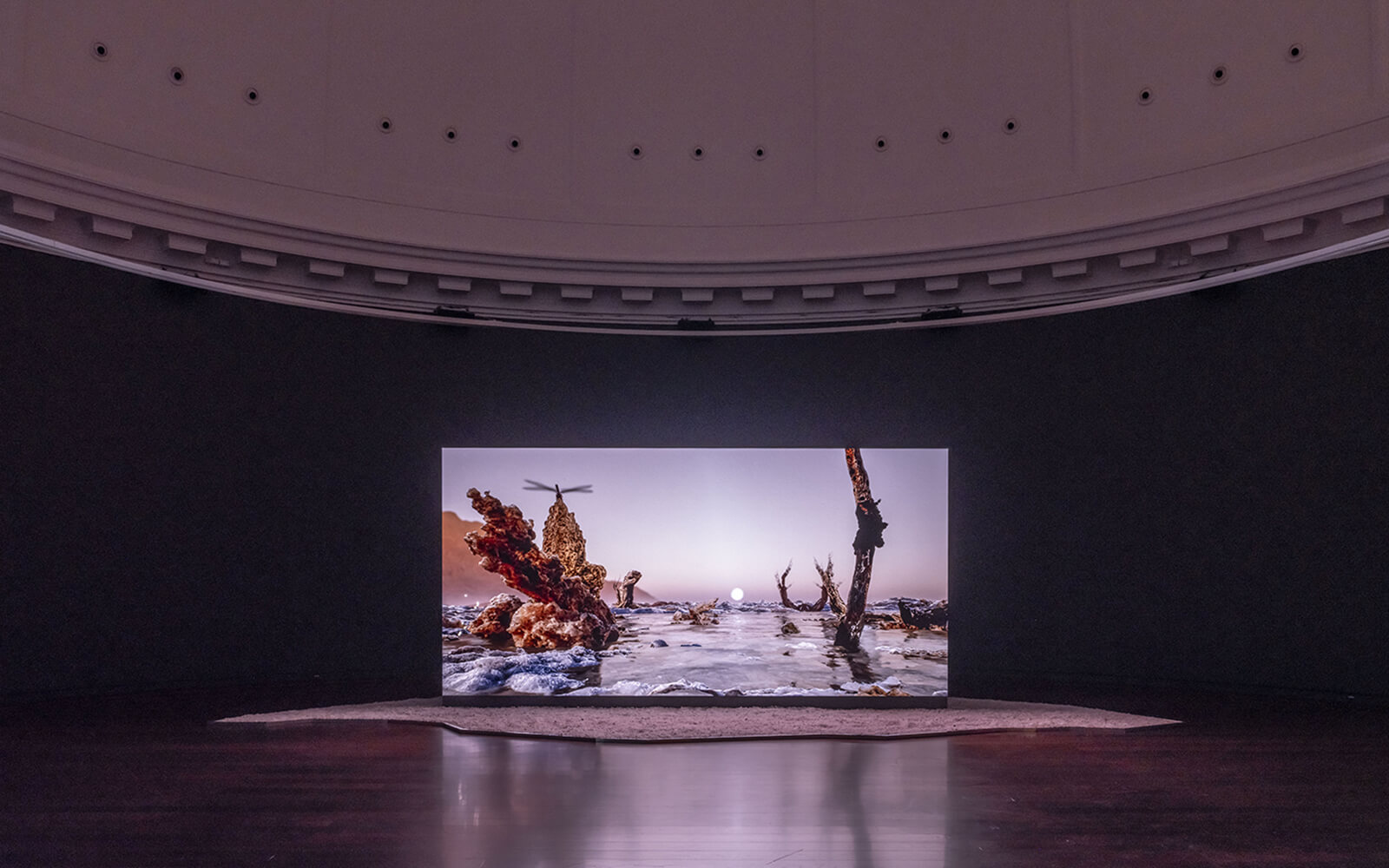
“I can’t help you with your film because people just want a gay film or lesbian film, and this mixture of sexuality in your film is just not going anywhere.”
“How do we move from just prioritizing the material, when there are some things beyond the material that could be preserved better? What are the conservation directions for something that is installed in your head?”
Angela Washko’s solo exhibition “You Are: Mother, Player” opens at Public Works Administration, a digital art gallery on New York’s Time Square. The show centres on Washko’s narrative videogame, Mother, Player (2022), in which the American artist and educator shares her experiences of pregnancy and motherhood during the pandemic. “Players explore the maternal healthcare industry and parenting culture as a burnt out pansexual artist who has decided to have a child despite a geopolitical climate that deprioritizes and devalues care.”
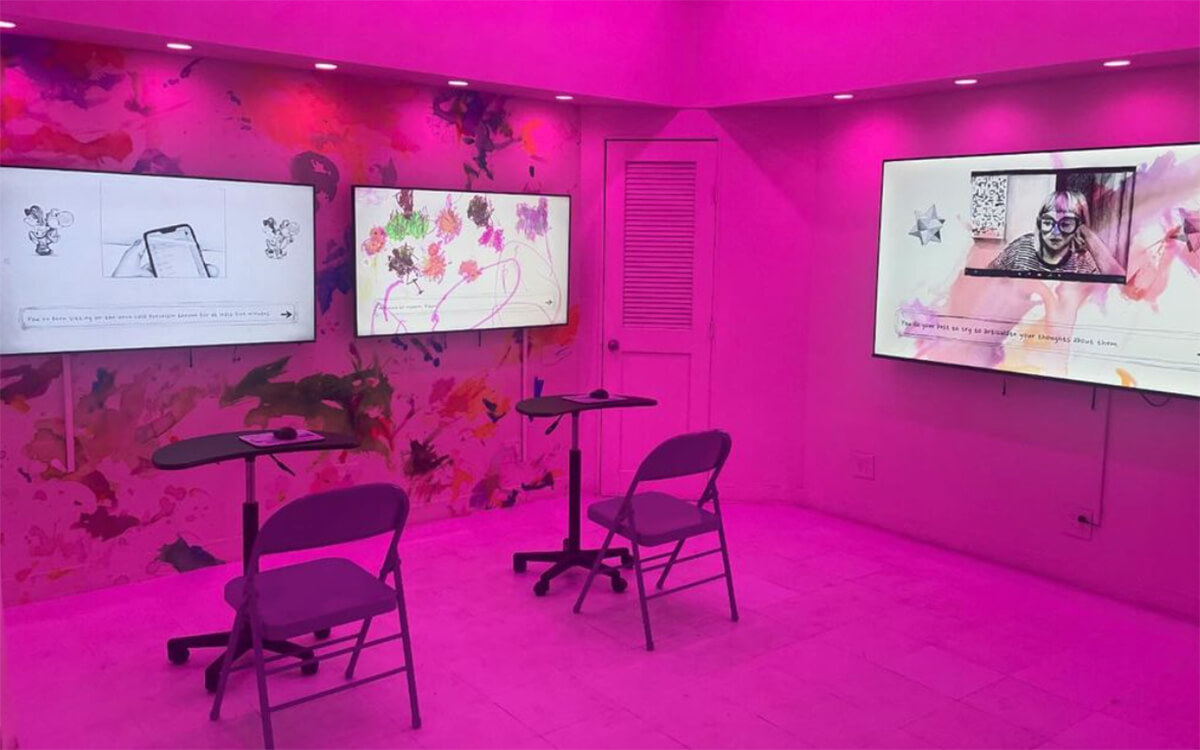
“Our challenge has been to find a way to disrupt this banality visually, to reframe the material landscapes of surveillance in ways that pull this infrastructure back into focus.”
Drawing inspiration from the simplest of pixel aesthetics, Shinji Murakami’s solo exhibition “2600” opens at New York’s NowHere. Down the Atari 2600 rabbithole since 2021, Murakami makes and mods 2600 games; at NowHere the Japanese artist builds bridges between his hobby and his art practice. The show presents recent acrylic paintings rendered in the 8-bit style (image: Pattern (Pizza Boy), 2024), and some are accompanied by a QR code for viewers to scan, and then play Murakami’s retro videogame creations.
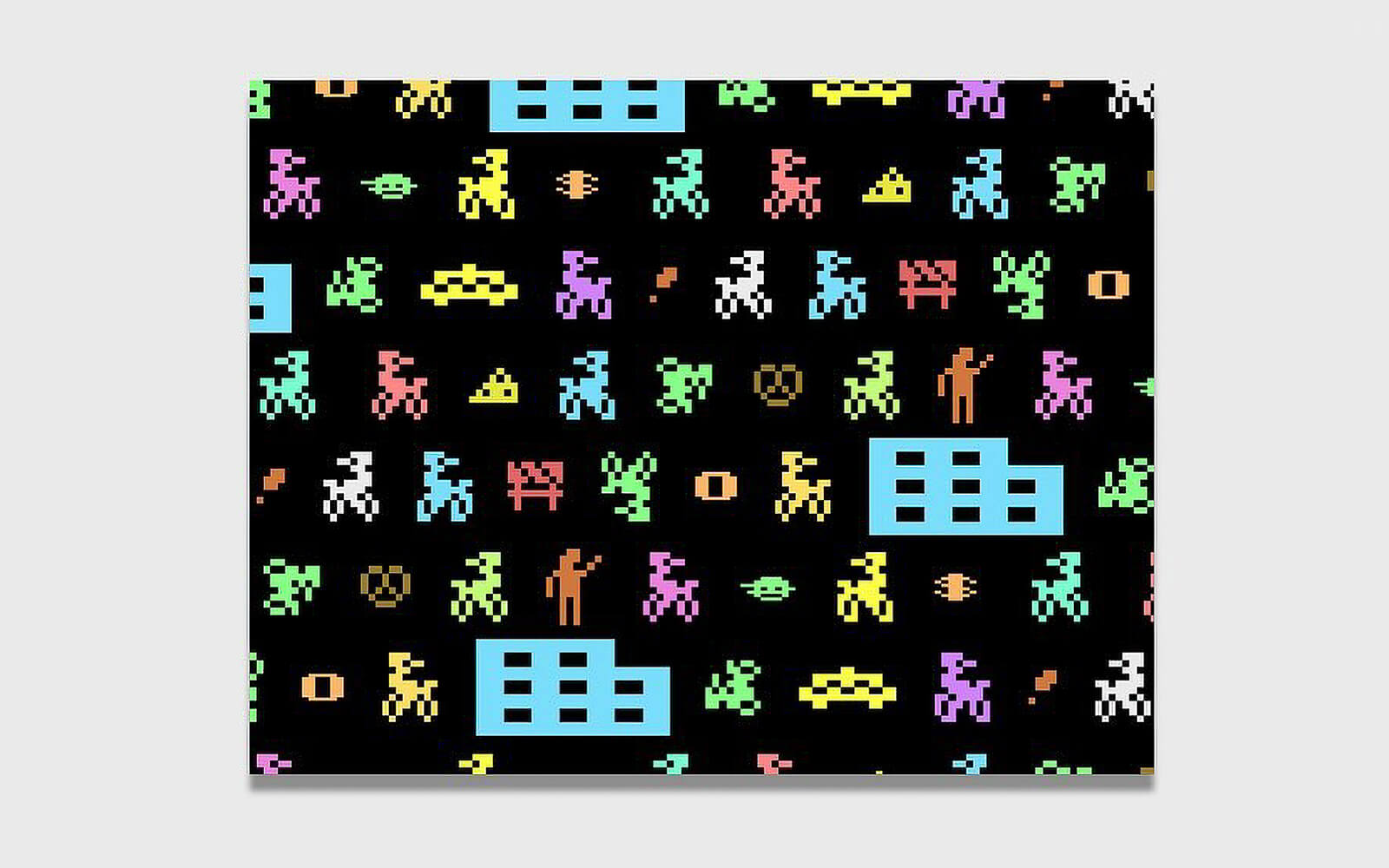
Presenting a new body of sculptures and murals, Auriea Harvey’s “The Unanswered Question” opens at bitforms in New York City. Artfully staged, the Rome-based artist juxtaposes totemic sculptural forms with collages brimming with art historical fragments under contrast-amplifying yellow light. In The Sacrifice (2024, image right), for example, one of Harvey’s figurines is pastiched into chunks of 3D-scanned wall frescoes—“not as simulacrum, but as a suspension of disbelief.”
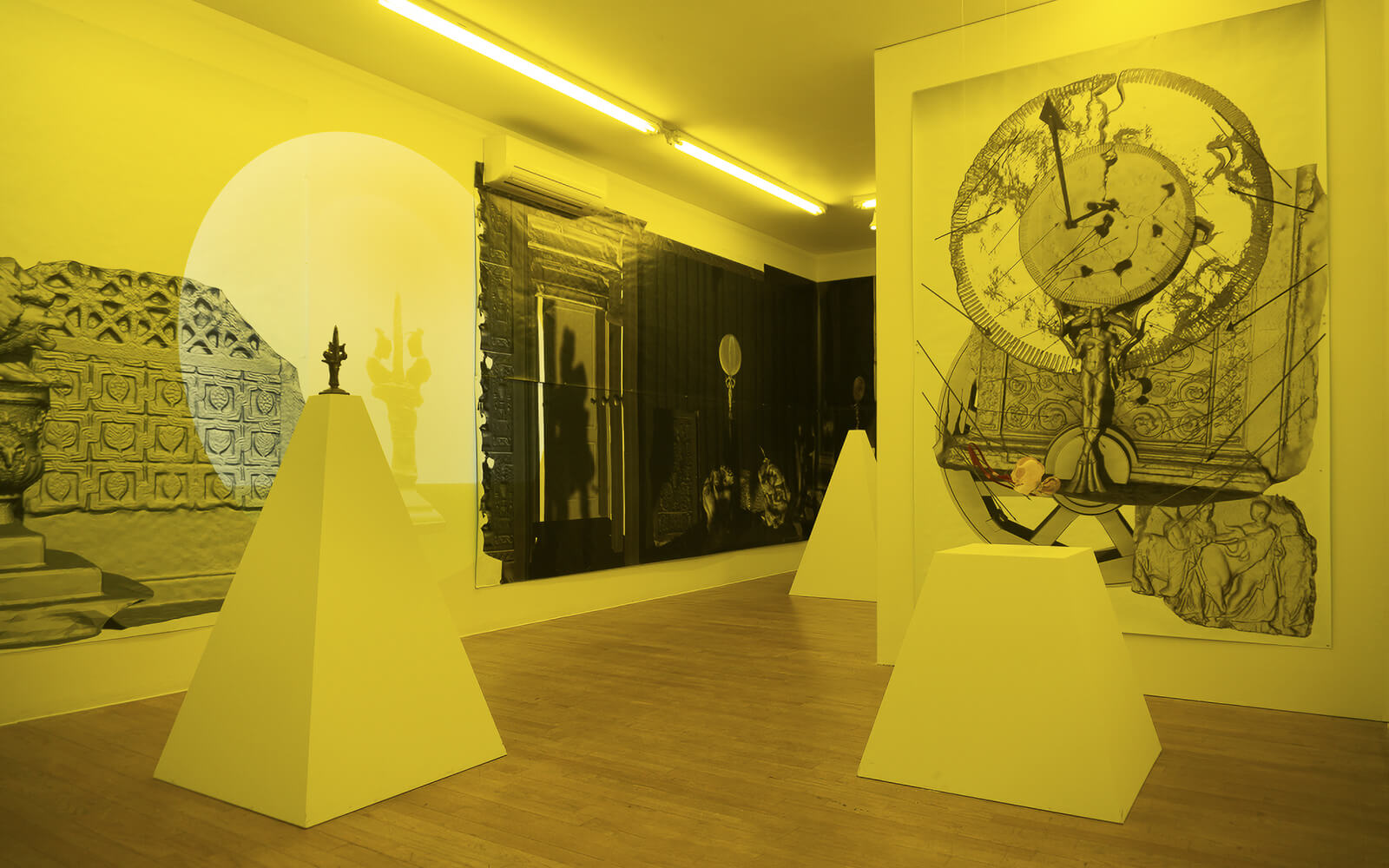
“I wanted to have you on and Apple asked us not to do it. They literally said, ‘Please don’t talk to her.’ Like, what is that sensitivity? Why are they so afraid to even have these conversations out in the public sphere?”
March 2024
“I don’t need to know who the main characters are on social media and what everyone is saying about them, when I can instead spend an hour trying to find a rare sparrow.”
Foregrounding food production and consumption, Deirdre O’Mahony’s “The Quickening” opens at Trinity College Dublin’s Douglas Hyde Gallery. In its eponymous film (2024, image), the Irish artist documents years of consultation with farmers and policymakers, conveying the “reality of farming and the centrality of soil to human, animal, and insect life.” Kicking off a tour, O’Mahony will subsequently screen the film in Carlow, Waterford, Kilkenny and other towns across Southern Ireland.
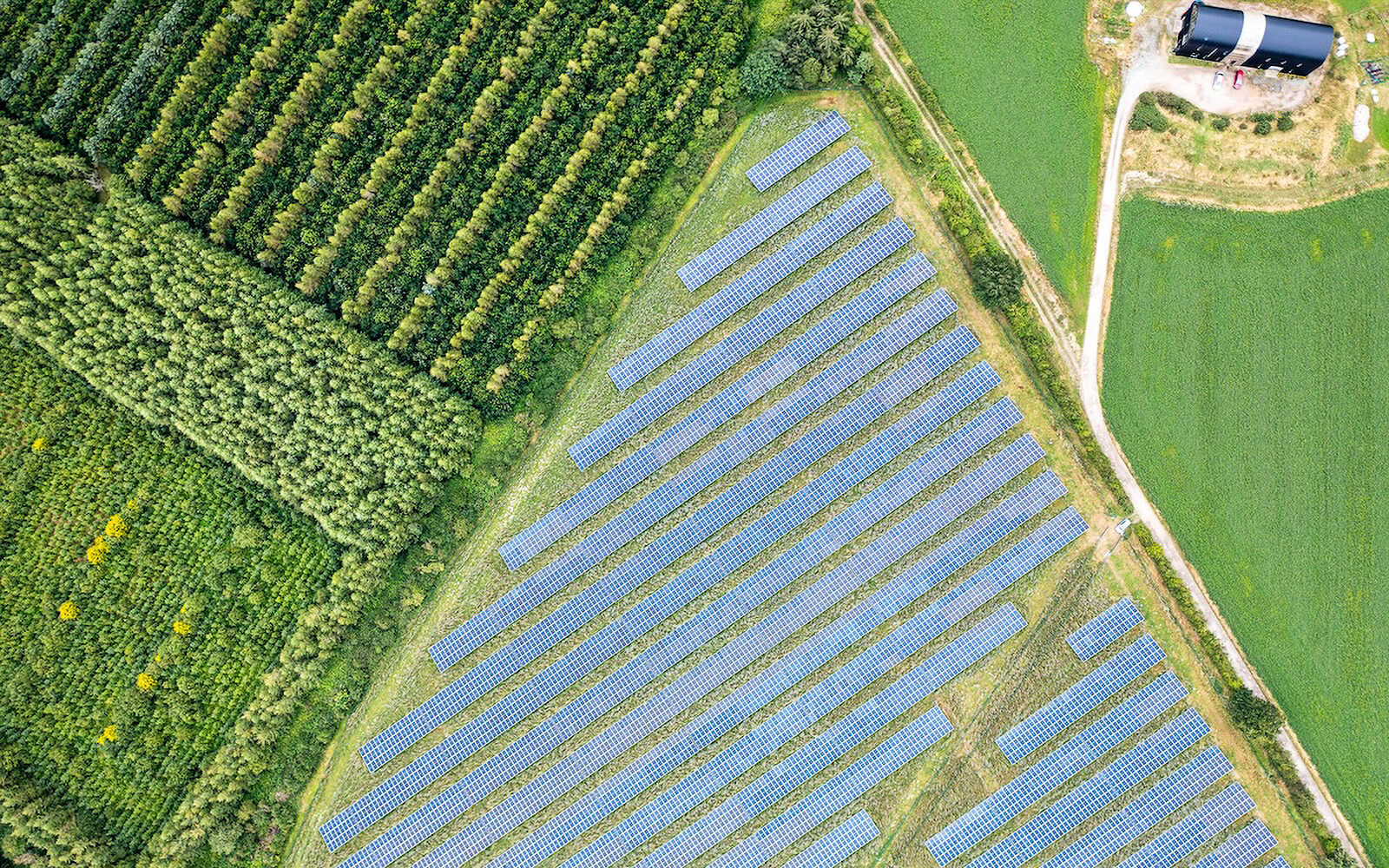
Dani Ploeger’s solo exhibition “Destructive Circuits” opens at V2_, Rotterdam, surveying works from his long-running research into the appropriation of everyday technology for homemade weaponry. According to the UN, so-called Improvised Explosive Devices (IEDs) kill thousands every year and profoundly impact security. Ploeger illuminates IED construction, their history, and links to globalized techno-consumerism and media politics with the display of trigger systems, timer devices, a sci-fi short, and an interactive sculpture that ‘blows up.’
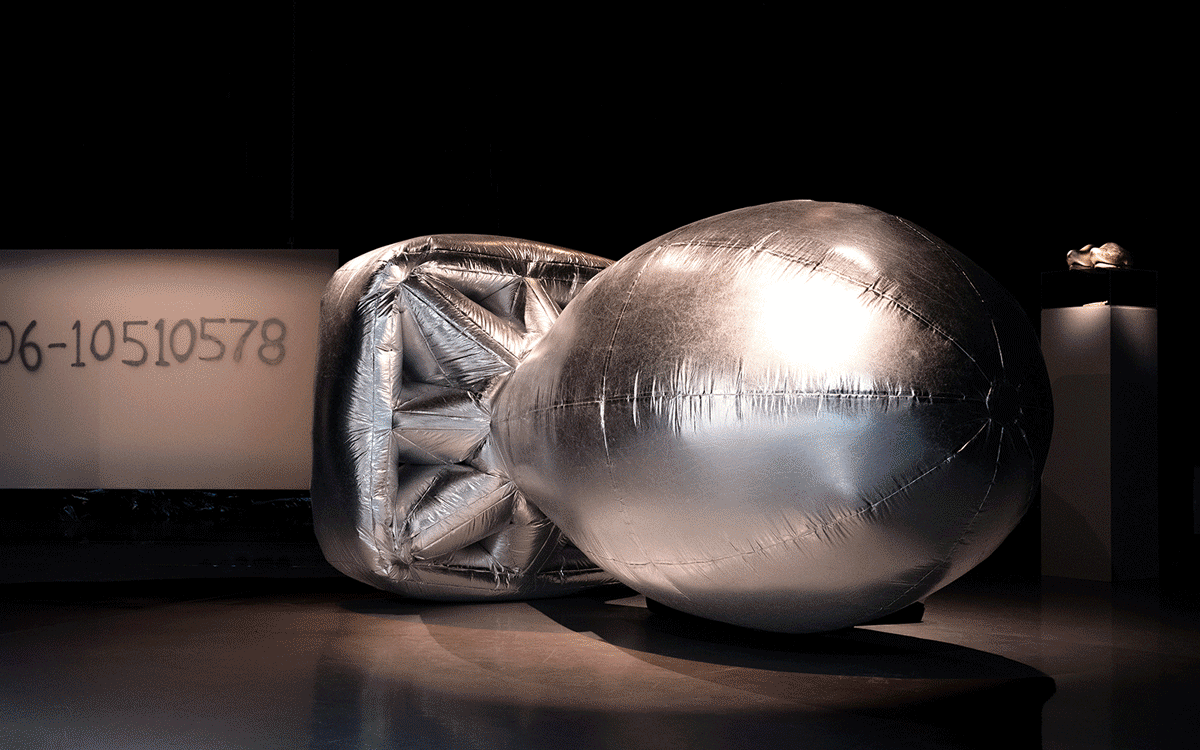
“This is what happens when you deprioritize news on a platform. You don’t actually get less news. You just get more Shrimp Jesuses.”
Italian game developer, artist, and educator Paolo Pedercini releases The New York Times Simulator (2024), a fast-paced browser game where players steer the news titan’s fortunes as editor-in-chief. Inspired by Lucas Pope’s 2012 Flash game The Republia Times, Pedercini’s parody game problematizes corporate media and propaganda. The goal: Align front page contents and headlines with powerful interests to “lead the most trusted newspaper through our tumultuous times and into the digital age.”
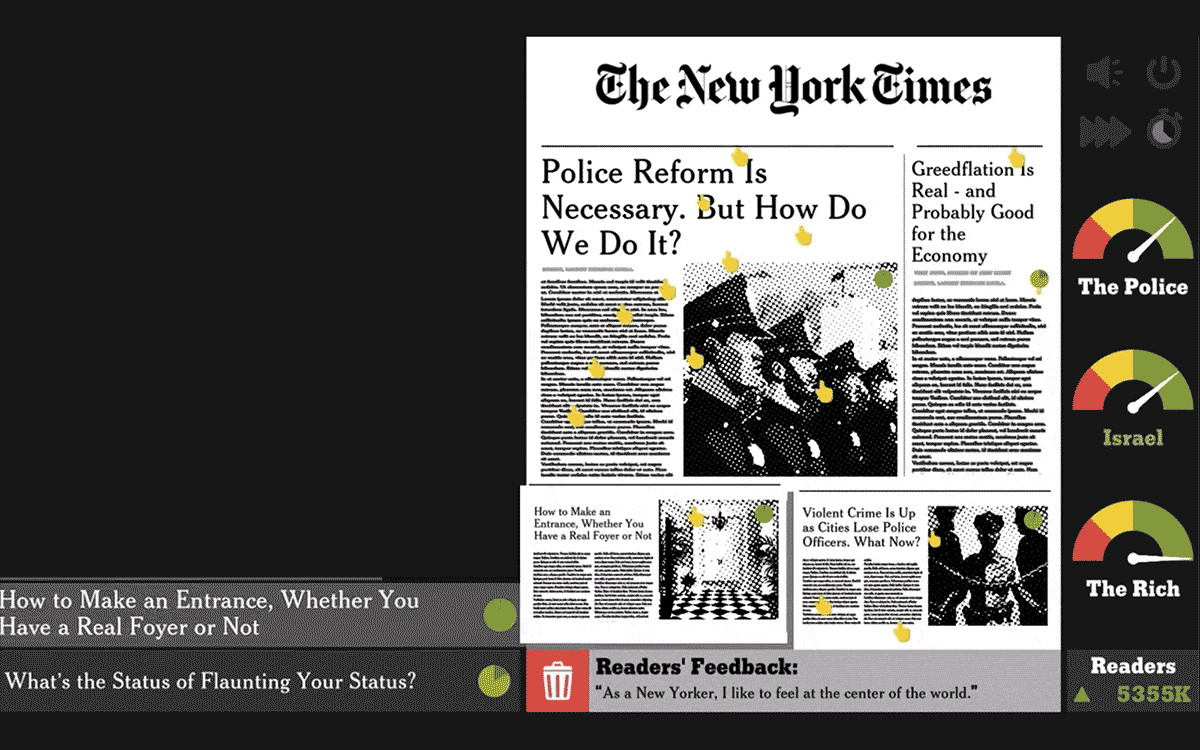
The TRANSFER Data Trust reports the record-breaking acquisition of Carla Gannis’ digital triptych The Garden of Emoji Delights (2014)—a new high for womxn artists on the Tezos chain. Sold for 32,221 XTZ, or $45,000 USD, the NFT of the internet-age take on Hieronymus Bosch’s iconic 16th-century altarpiece comes with the original, 4 metre-wide print Gannis premiered at her 2014 TRANSFER gallery solo show (image). Instead of biblical immorality, the piece depicts the ‘sins’ of contemporary consumer culture.
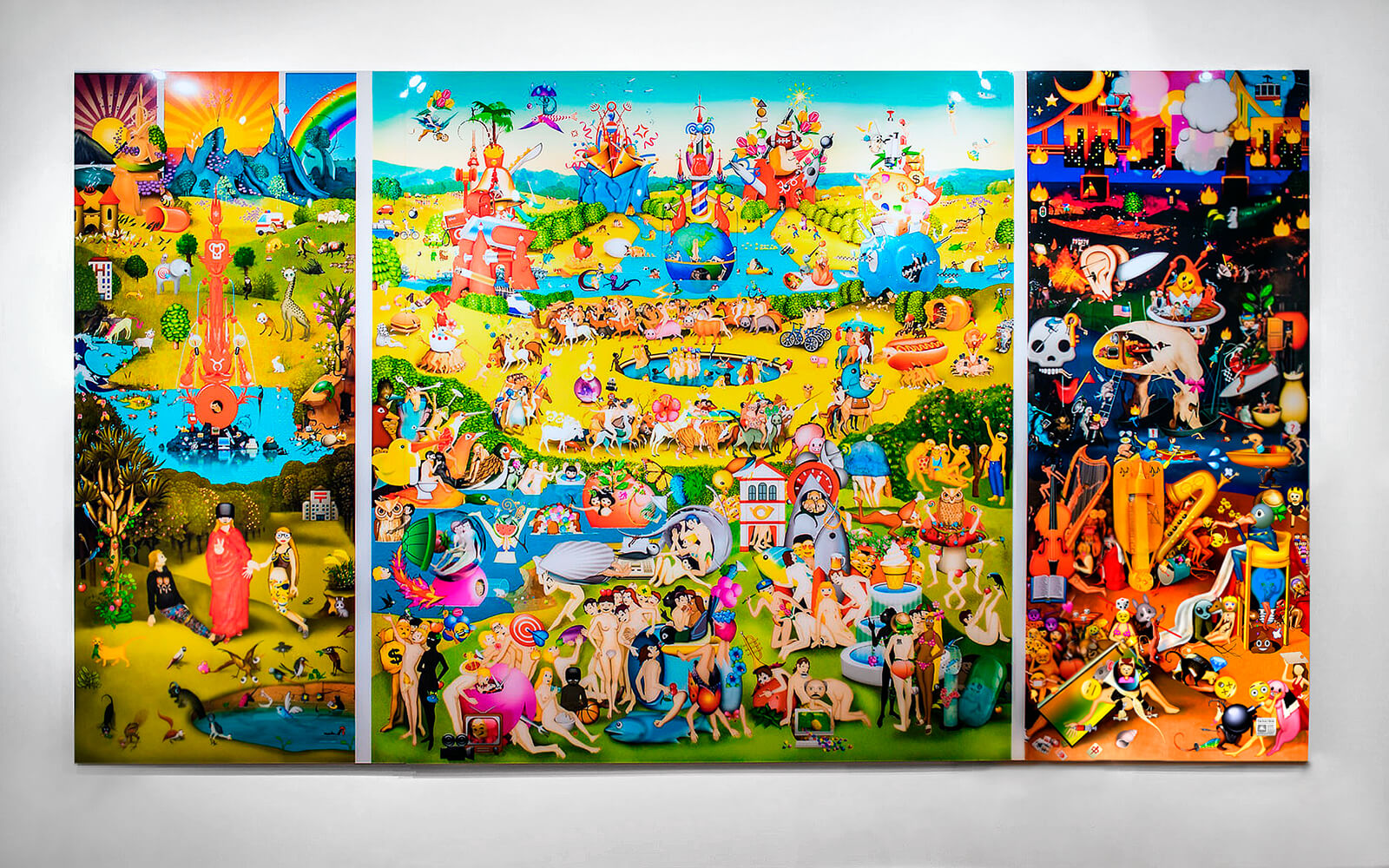
“Could this be your new signature scent? Sample it on your skin. My algorithm feels confident that it can deliver you the computer conjured scent of your dreams.”
“Now in Digital Art: Game Room” opens at Istanbul’s Akbank Sanat art center, showcasing contemporary game art and art games for visitors to explore and play. Through radical forms of reappropriation, modification, and intervention, videogames become vessels for social commentary, the show’s curators Güven Çatak and Zeynep Arınç write about the works of Eddo Stern, Kristin Lucas, Total Refusal, Petra Szemán, UCLA Game Lab, and We Are Muesli. They’re virtual worlds that ask vexing questions about our own reality.
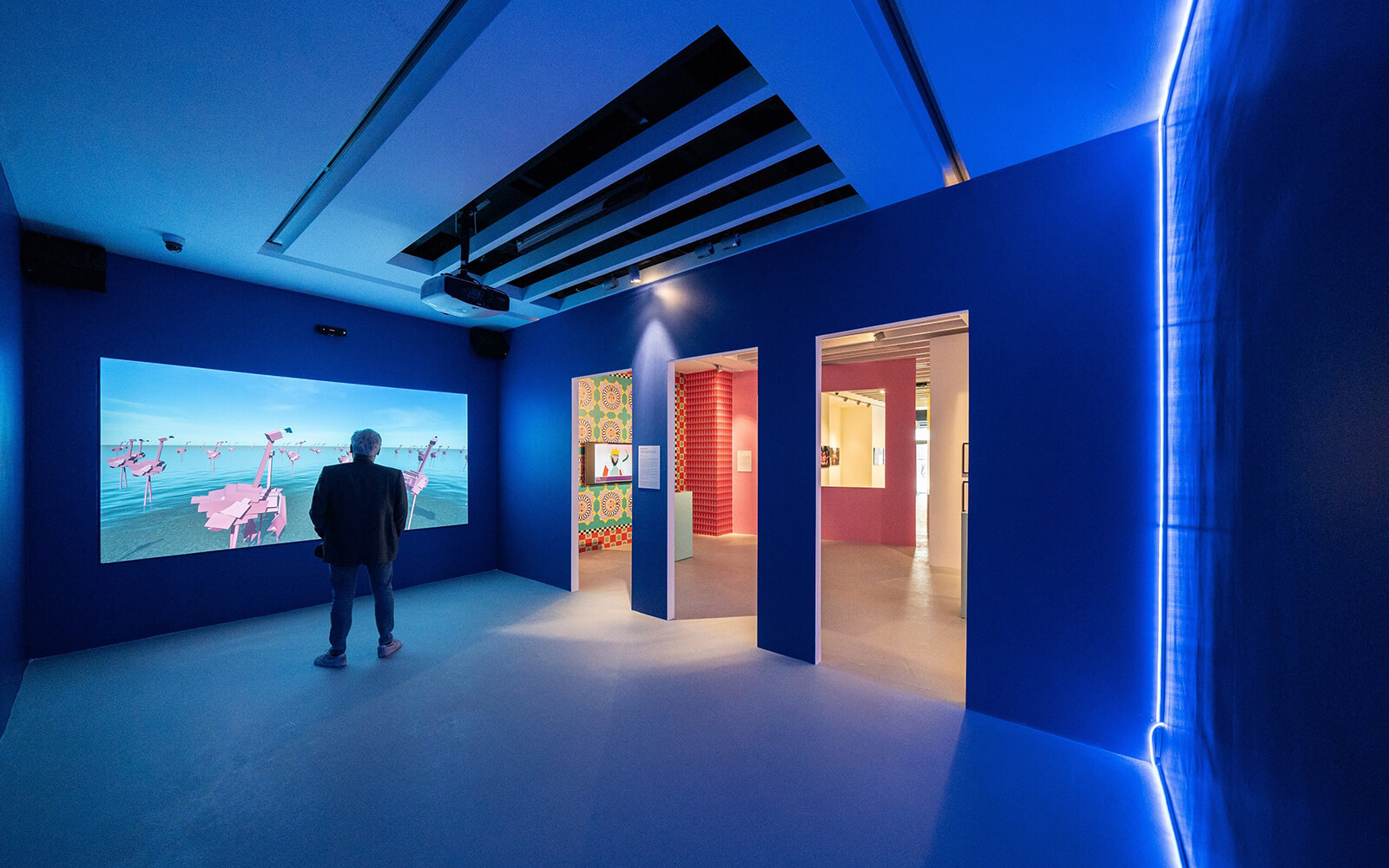
“If your full-time, eight-hours-a-day, five-days-a-week job were to look at each image in the dataset for just one second, it would take you 781 years.”
Daily discoveries at the nexus of art, science, technology, and culture: Get full access by becoming a HOLO Reader!
- Perspective: research, long-form analysis, and critical commentary
- Encounters: in-depth artist profiles and studio visits of pioneers and key innovators
- Stream: a timeline and news archive with 1,200+ entries and counting
- Edition: HOLO’s annual collector’s edition that captures the calendar year in print
